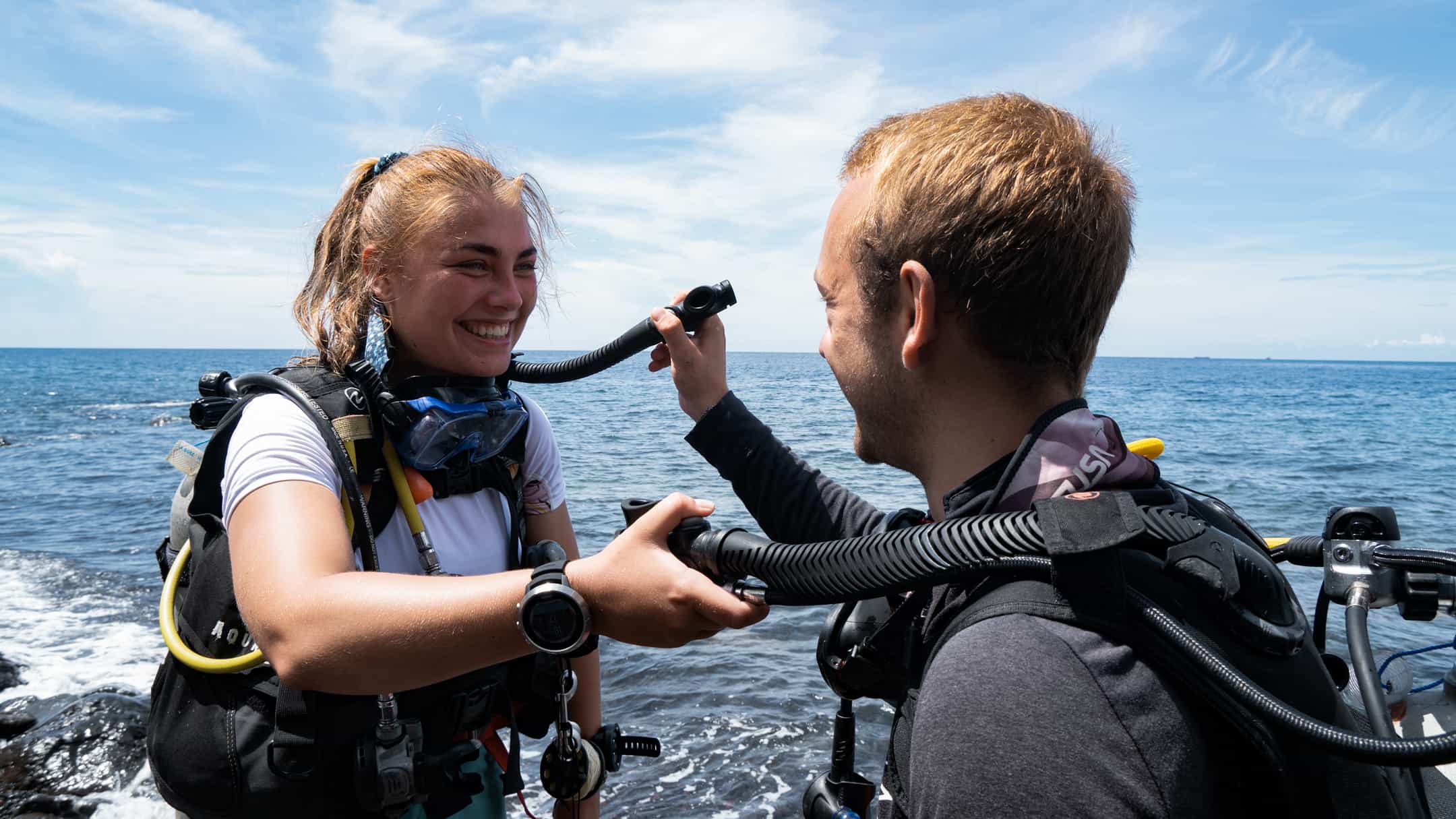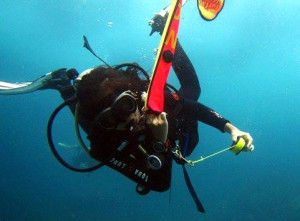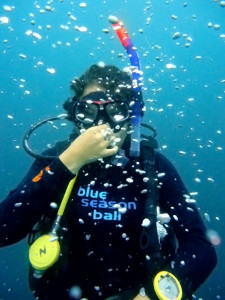So you’ve taken the plunge and are now a proud owner of an underwater camera! Whether it’s an Olympus TG-4 waterproof point-and-shoot or a massive Canon 5D Mk III housing with strobes from Nauticam, it means you have some extra steps to look forward to, both before and after your excursions, and periodically, to extend the life of your camera and its seals.
There are a number of steps that should be followed every time you use your camera. Before you do anything, though, read the entire manual and follow the steps recommended by the manufacturer (some O-rings do not require lubricant; using the wrong lubricant can weaken the O-ring and increase the likelihood of a flood).
Every time BEFORE you dive, we recommend you do the following. If you can do this the previous night, that’s even better, so you are not rushed. Preparing equipment on a wet boat or while eating breakfast is dangerous because forgetting a single step could spell disaster for your entire rig.
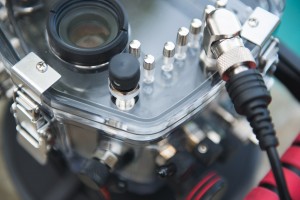
- Take a test photo, check battery level and card capacity. Make sure the camera will not die or reach the dreaded “CARD FULL” error during your excursion.
- Inspect the O-ring. Make sure it is free of cracks and cuts as well as lint, hair, dirt and other foreign material. Do not stretch the O-ring if you remove it.
- Test the buttons and connections. Make sure the knobs rotate and properly control the camera. This is a great time to spot damaged, loose or stuck controls and tackle them before you go anywhere near the water.
- Assemble the housing and any accessories, check lock(s) and conduct a water test in a tub or sink. Slowly dunk the housing, roll it 360 degrees under the water, and observe the housing for any unusual signs like bubbling or droplets inside.
- Towel dry the housing with a lint-free towel and store it safely for transportation to the body of water of your choosing.
After you dive or snorkel, you’re finished with the camera (for now at least) and want to make sure it doesn’t dry out full of salt. We recommend you follow these steps as soon as possible:
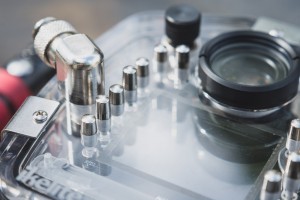
- Rinse immediately with fresh water, place in it in a fresh water tub if you plan to return to the water later that day.
- Lightly hose off all components without disassembling anything. Make sure you get the knobs, cables, buttons, ports, and handles.
- Dry the lens port, housing, and accessories with a soft cloth. We find lens blowers particularly handy for getting the water out of certain components like locks and knobs without opening them. Spray the water out of the crevices and into somewhere you can wipe it off with a towel.
- Carefully disassemble the entire unit, paying attention not to get water inside. Let it dry completely before storing it in any closed case.
- Finally if your housing has a removable O-ring, store the O-ring in a plastic bag (INSIDE the housing to avoid losing it or forgetting it completely) to prevent flattening of the O-ring.
Great! You’ve taken your camera into the ocean (or lake or pool) and have ensured your investment is protected and ready for the next dive. But underwater photo equipment is sensitive; it doesn’t last forever! Here are a few tips to take care of your gear when not using it so you can prolong its life. Again, follow the manufacturer’s recommendations first.
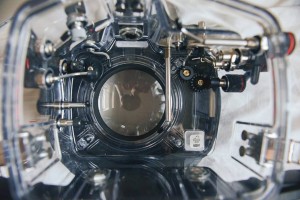
- Send the housing and accessories for professional service (manufacturers typically recommend yearly, sooner if diving frequently).
- Lightly lubricate and inspect O-rings for cracking from time to time.
- Lightly lubricate any controls that slide in and out with recommended lubricant (typically silicone, if at all).
- Rinse in mild soap solution. Operate buttons and controls to rinse out any debris, rinse again in fresh water and dry thoroughly.
- DO NOT rinse the interior of your housing or equipment.
The manufacturer is really the authority in this category, but now you know the full run-down of everyday prep and maintenance tasks as well as some things to consider to keep your camera and its underwater protection safe for years to come. Happy shooting!

